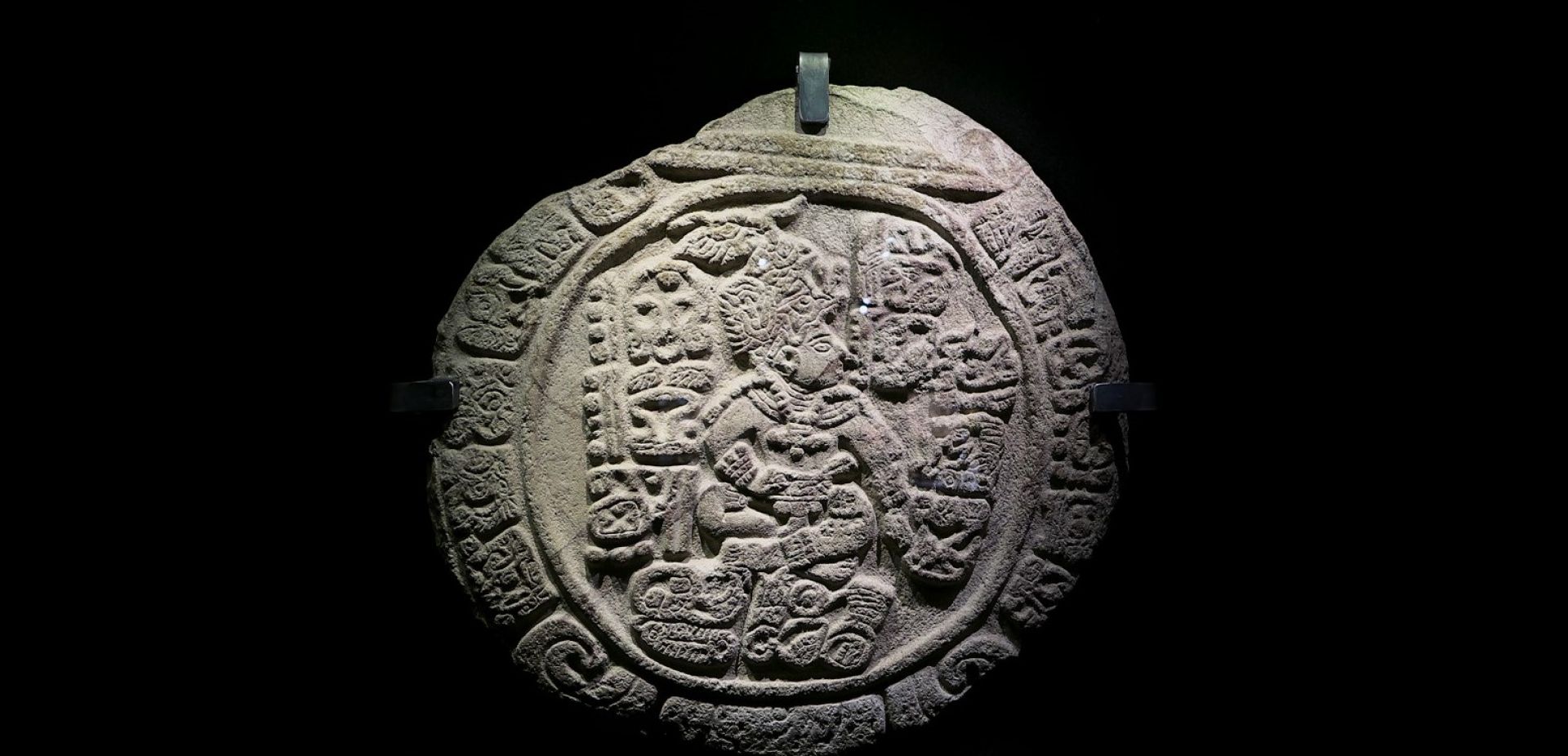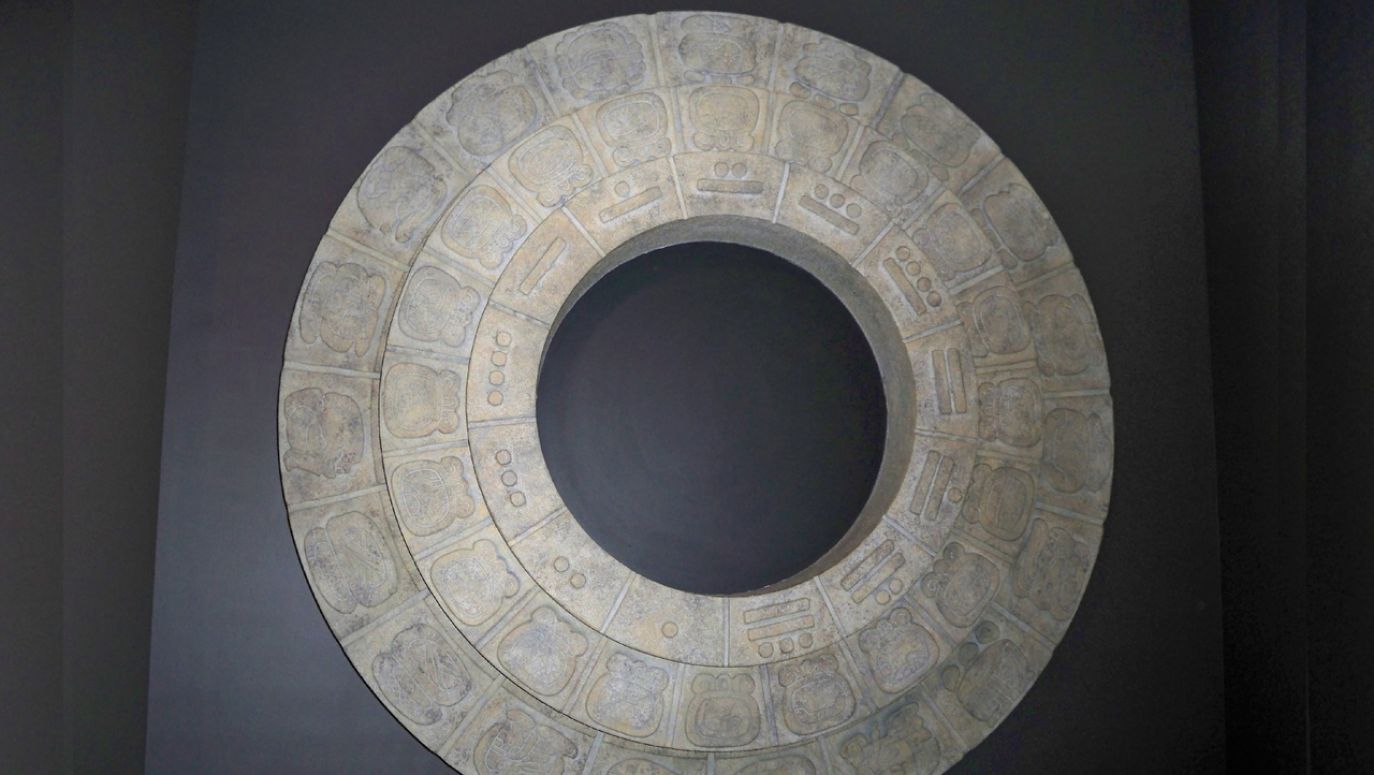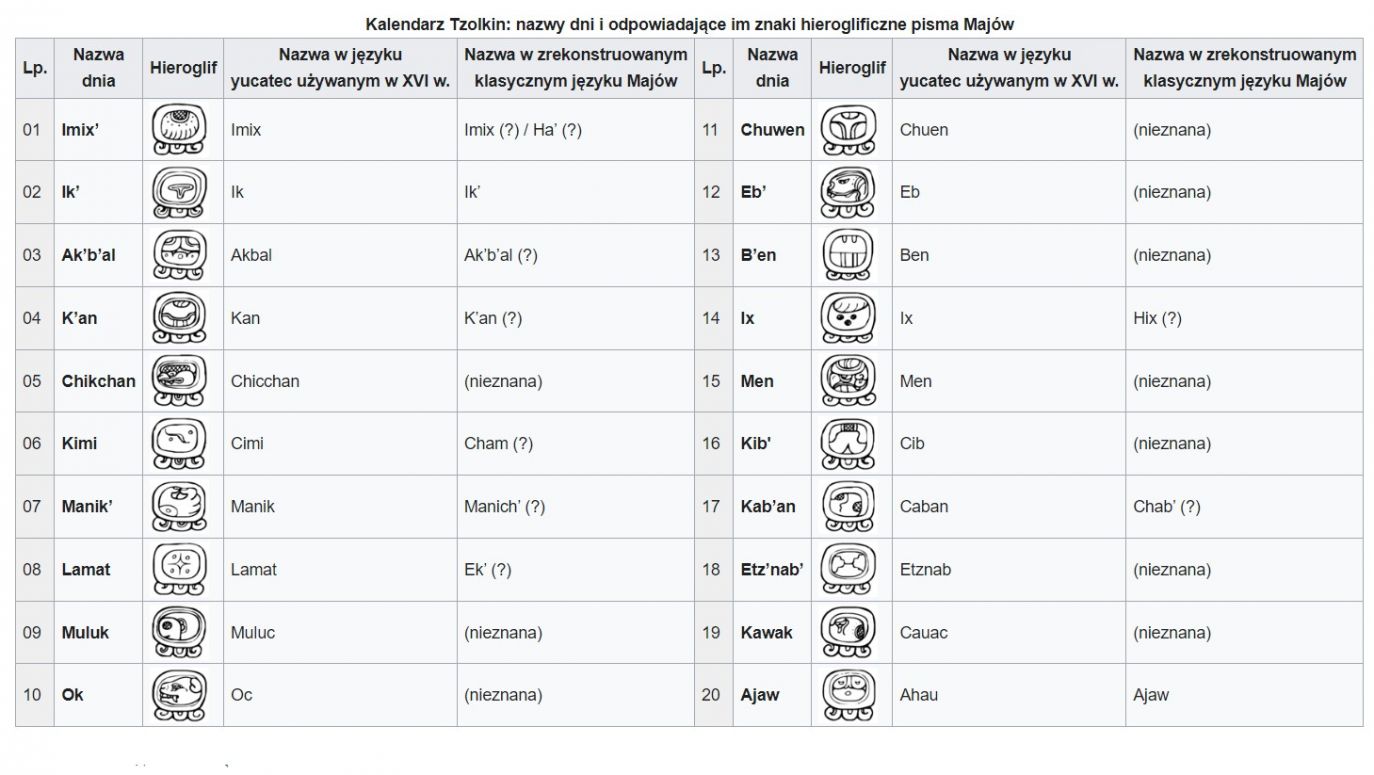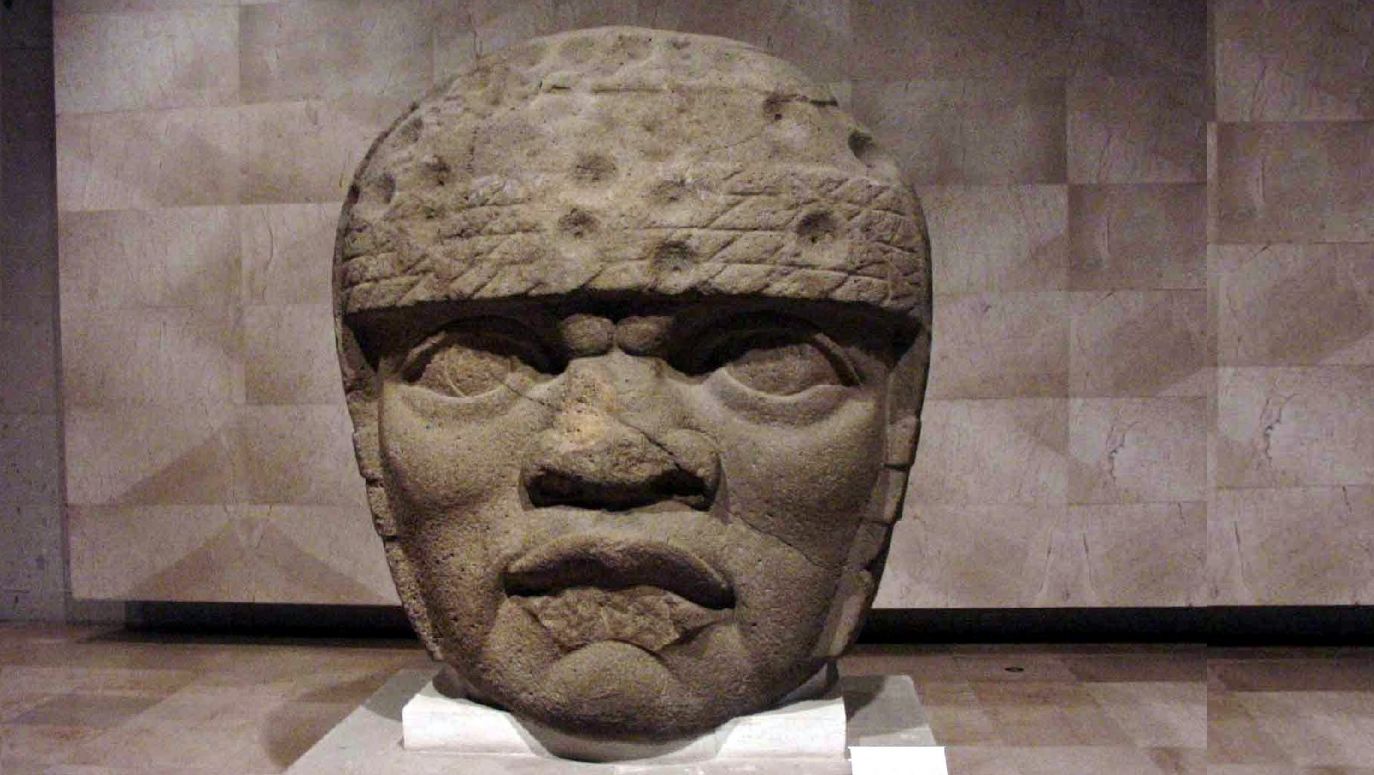What were the practical reasons for starting to measure time? In the past, archaeology insisted, building its theories, on the rationalism of the Enlightenment and the Marxist concept of the great agrarian revolution, calendars and gods were needed solely by agricultural peoples. In essence, there is a time for plowing and a time for harvesting – and it is better not to confuse them. However, the discovery in Göbekli Tepe -- likely a "socio-cultural" or even "socio-religious" centre dating back to at least 12,000 years ago located along the Turkish-Syrian border -- certainly challenged this hypothesis. There are no traces of agriculture in the area, just a gigantic complex of stone structures decorated in such a way that modern archaeo-astronomers have been able to identify images of constellations of celestial bodies significant to humans, who probably congregated at the site on a regular basis. However, as Stanisław Iwaniszewski reminds us, "this is not well-established knowledge, since many works fail to take into account the effects of precession and falsely attribute to the constellation images what at that time would have been in an incorrect position in the sky." Also, our European wheat originates from this area, yet no traces of advanced agriculture have so far been discovered in Göbekli Tepe. Even so, it cannot be ruled out that the population also gathered there to celebrate because of the harvest.
 SIGN UP TO OUR PAGE
SIGN UP TO OUR PAGE 
Close by Göbekli Tepe, lies the similar but smaller archaeological site of Karahan Tepe, with its structure of stone stelae dating back 11.4 thousand years ago. There, on the central facade of the whole construction, as if emerging from the rock face, the phenomenon of the "play of light" has been noticed during the winter solstice. Perhaps similar surprises await us at Göbekli Tepe, where only a small percentage of the stone buildings that were deliberately buried underground have been excavated. It is, after all, an accepted fact that since Paleolithic times, it has been standard practice rather than the exception to arrange megalithic structures in such a way that the light of the rising or setting sun would "paint" on them at specific significant astronomical times (e.g. solstices, equinoxes). We know such phenomena from Stonehenge, Newgrange, Carnacu, Chaco Canyon, Mnajdra, the Great Pyramid of Giza, the Pyramid of El Castillo in Chichén Itzá and many others.
Do we need more evidence that humans have always sky-watched and that this has always served to help them keep track of time? And yet we are still surprised when the media reports on such archaeological discoveries. Those who consider our ancient ancestors to be "ape-men" who subscribed to the idea that the Earth was flat cannot grasp that they could know anything "about the rotation of the celestial spheres" in the absence of appropriate optical devices and modern mathematical apparatus. By the way, Copernicus didn't have a telescope either, because it was only Galileo who worked on its improvement. And today, in order to understand these ancient calendars and clocks, we need very complex technology to facilitate seeing our earthly world plus AI support to analyse the images obtained. It is funny. Below I will write more about the modern research method that made it possible to discover the great calendar in the Gulf of Mexico.
A 260-day year
First though, let these three archaeologists surprise us: David Stuart of the University of Texas at Austin, Boris Beltrán of Skidmore College in New York State, and William Saturno, who represented Boston University during this excavation. They intensively researched fragments of wall paintings of the Las Pinturas pyramid complex near San Bartolo, Guatemala, dating from some 2,250 years ago. These pyramids were erected in stages. As a result, fragments of older structures that had been damaged in various places would remain hidden inside, under a new layer. Thus, while the date of construction of the visible elements of the complex could be readily established, the older walls remained safely hidden in the form of large fragments that are being excavated and analyzed.
This is how fragments of the calendar painted between 300 and 200 BC were found on a wall later demolished by the Maya. To be precise: two matching pieces of wall rubble contained two dots painted over a line above a deer's head. This symbol, known as the "Seven Deer", represents one of the days in the 260-day calendar. In 2022, the scientific journal "Science Advances" declared this discovery to be considered the oldest known material fragments of the Mayan sacred calendar. Come the time the wall was demolished, the painting had already aged well, a clear indication that the Guatemalan calendar had been in use for many years.


 SIGN UP TO OUR PAGE
SIGN UP TO OUR PAGE 







